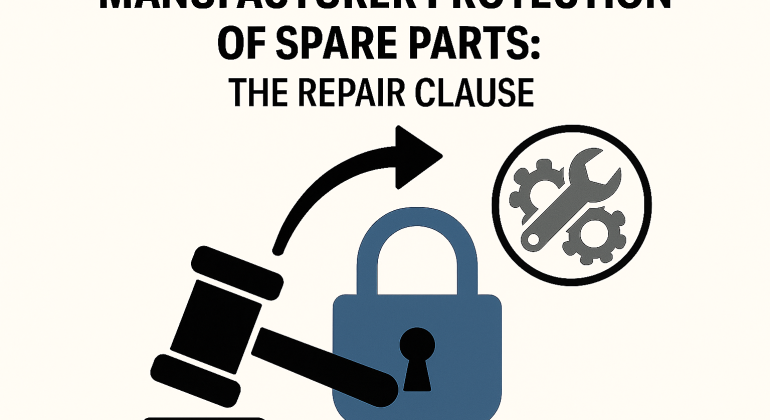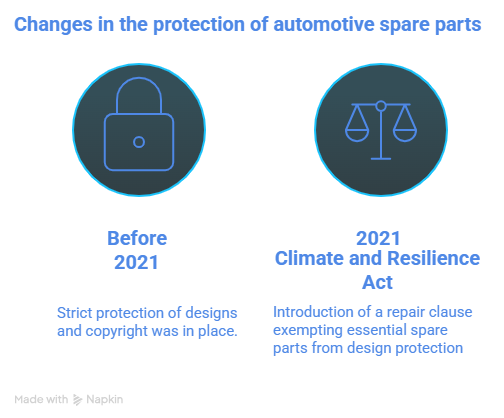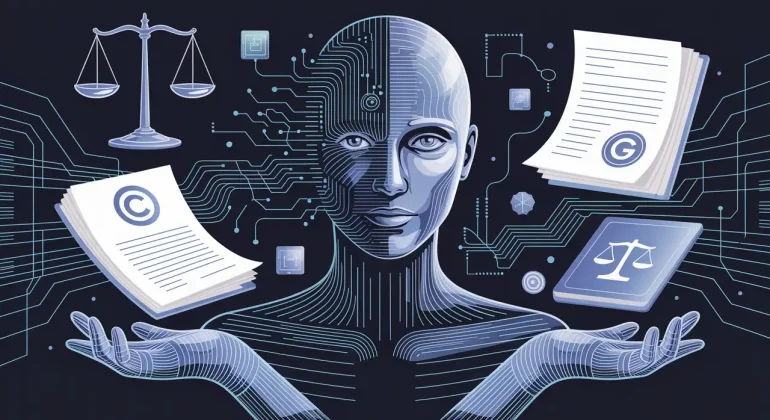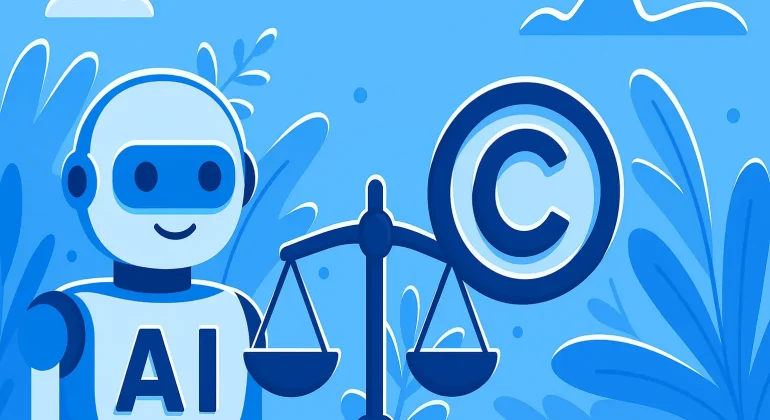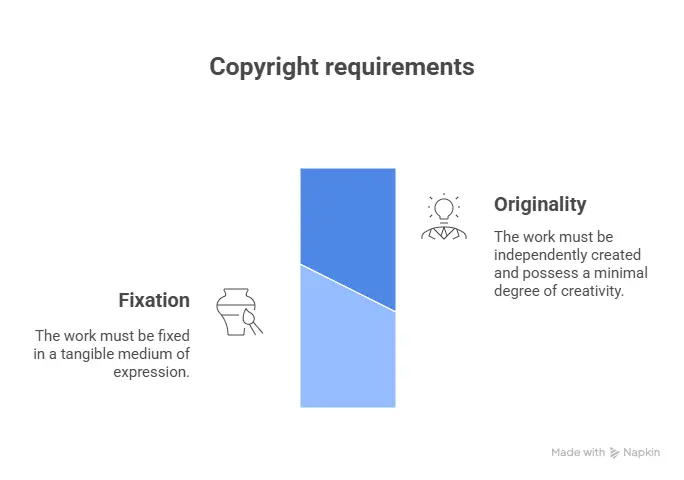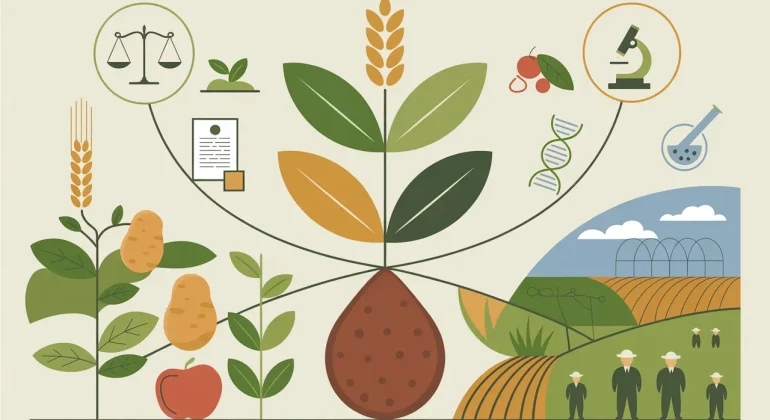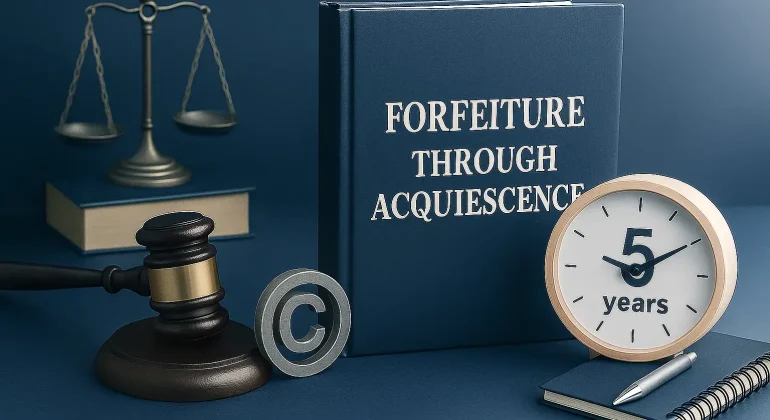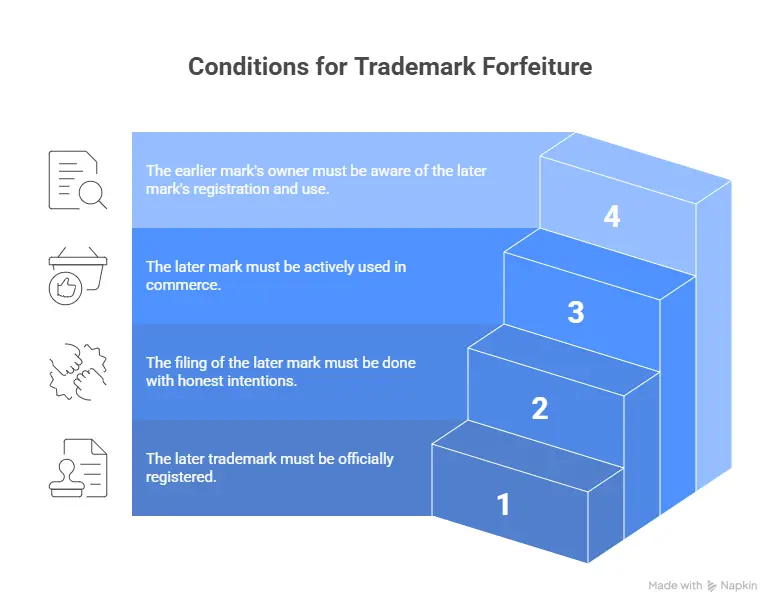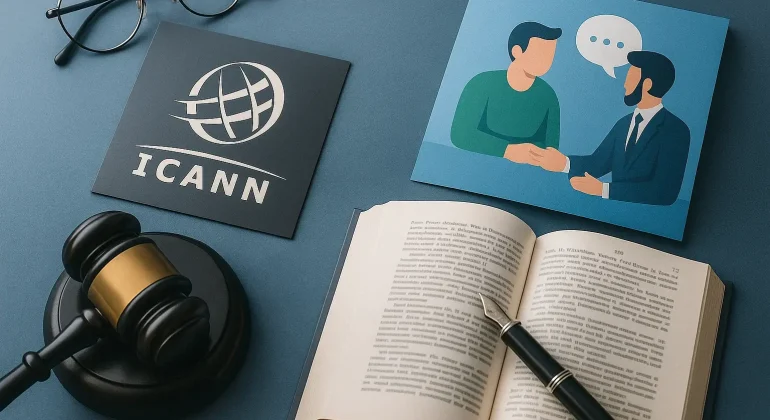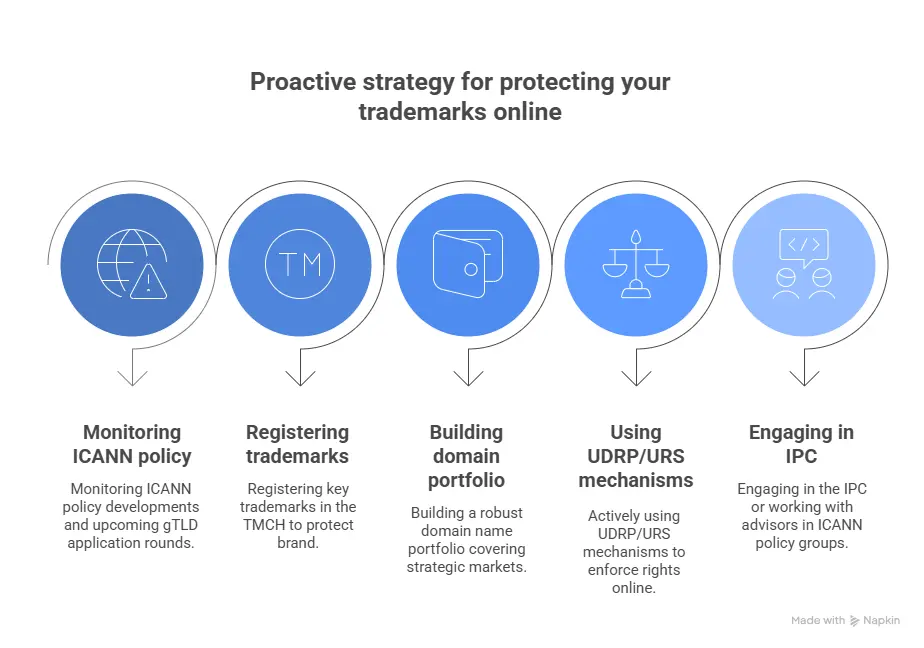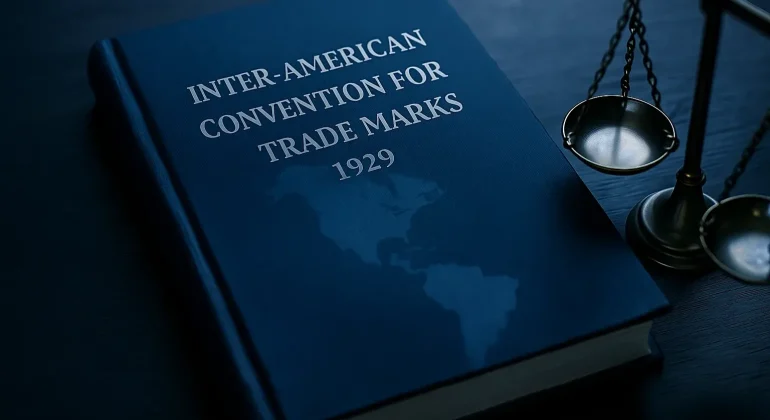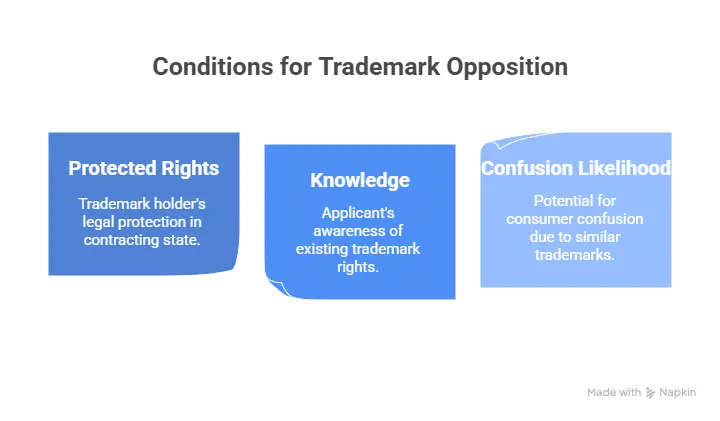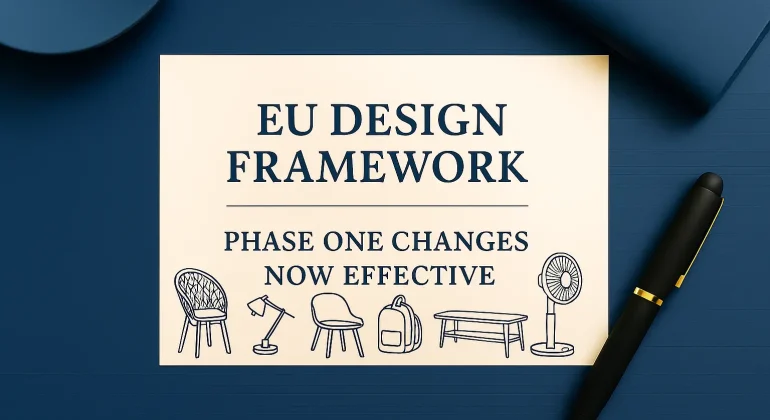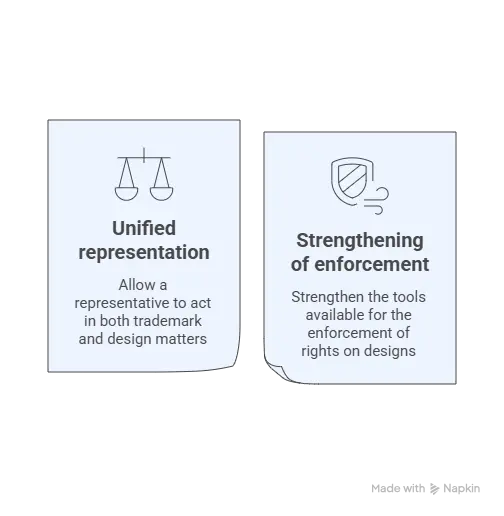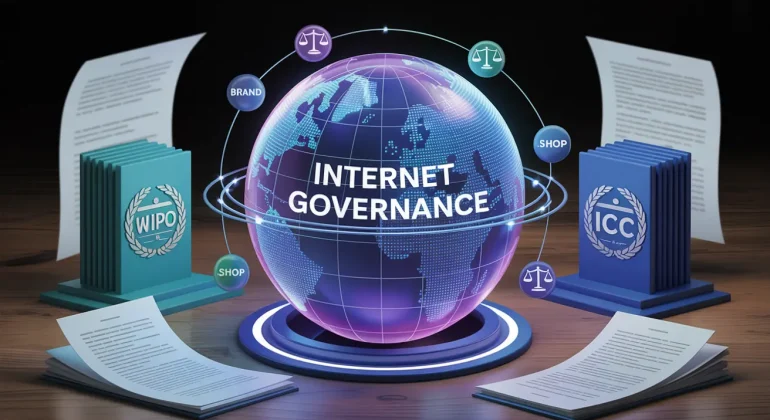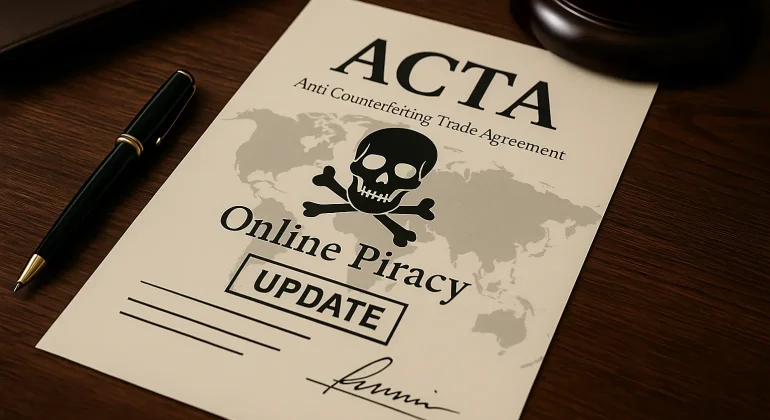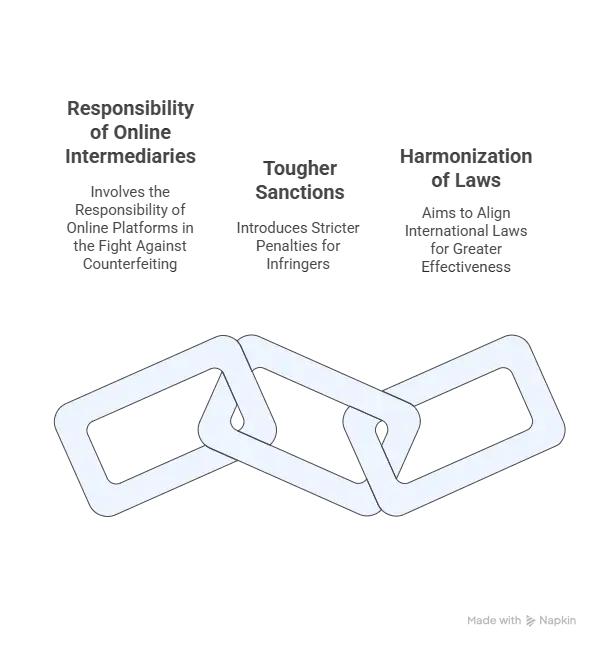Practical guide for plant breeders, seed companies and intellectual property advisors
Plant breeders’ rights represent a major economic challenge in the global seed industry. This comprehensive guide supports you in optimizing your varietal protection strategies, from creation to litigation.
What is a plant breeder’s right?
Definition of plant breeder’s right (PBR)
Plant breeder’s right (PBR) is an intellectual property title that protects new plant varieties. Unlike patents, it is a sui generis protection system specifically adapted to plant life.
Protectable varieties:
- All botanical species (cultivated or wild)
- Varieties created through traditional breeding
- F1 hybrids and parent lines
- Varieties derived from biotechnology (under regulatory conditions)
French and international legal framework
In France:
- Articles L623-1 to L623-35 of the Intellectual Property Code
- National Instance for Plant Varieties (INOV) at GEVES
- Permanent Technical Committee for Selection (CTPS): advisory authority
At international level:
- UPOV Convention (International Union for the Protection of New Varieties of Plants)
- 76 member countries in 2025
- 1991 Act: current reference standard
At European level:
- Community Plant Variety Office (CPVO) in Angers
- Unitary protection across 27 Member States
- EC Regulation No 2100/94
Duration of protection
| Type of variety |
Duration of protection |
| Standard agricultural varieties |
25 years |
| Fruit trees, forestry, vines |
30 years |
| Potatoes |
30 years |
Source: Law No 2006-236 of March 1, 2006
The 4 DUS criteria for protection
To be protected, a variety must cumulatively satisfy the 4 UPOV criteria:
Distinctness (D)
The variety must be clearly distinguishable from any commonly known variety at the filing date.
Assessment method:
- Comparison with the closest reference varieties
- Observation of morphological and physiological characteristics
- Application of UPOV technical protocols specific to each species
Commonly known varieties:
- Varieties protected in any country
- Varieties registered in official catalogs
- Publicly commercialized varieties
- Varieties described in specialized publications
Uniformity (U)
The variety must be sufficiently uniform in its relevant characteristics, taking into account its mode of reproduction.
Uniformity standards:
- Self-pollinating varieties: very high uniformity (> 99%)
- Cross-pollinating varieties: tolerance according to species
- Clonal varieties: quasi-perfect uniformity
Stability (S)
The variety must remain true to its description after successive reproductions.
Demonstration:
- Minimum 2 reproduction cycles
- Maintenance of distinctive characteristics
- Absence of abnormal segregation
Novelty
The variety must not have been commercialized with the breeder’s consent:
- More than 1 year before filing (national territory)
- More than 4 years before filing (other countries)
- More than 6 years for trees and vines (other countries)
Warning: Commercialization by a third party without authorization does not destroy novelty.
Filing procedures in France and Europe
French national protection
Competent authority: National Instance for Plant Varieties (INOV) at GEVES
Procedure:
- Application filing with detailed technical questionnaire
- Formal examination: verification of file completeness
- DUS trials: official examination of distinctness, uniformity, stability
- Denomination examination
- Certificate grant or reasoned rejection
Indicative timelines:
- Formal examination: 2-3 months
- DUS trials: 2-3 growing seasons
- Total duration: 24-36 months
European protection (CPVO)
Competent authority: Community Plant Variety Office (CPVO)
Advantages:
- Unitary protection across 27 EU countries
- Single procedure in French, English or German
- Optimized cost for European coverage
Similar procedure to national filing with outsourced technical examination
Technical file constitution
Technical questionnaire:
- Precise variety description
- Highlighted distinctive characteristics
- Creation or discovery method
- Comparisons with similar varieties
Required plant material:
- Quantities according to UPOV protocols
- Certified varietal purity (>98% generally)
- Germination capacity conforming to standards
- Packaging adapted to transport and storage
Additional documentation:
- Representative photographs
- Biochemical analyses (if relevant)
- Preliminary trial data
- Breeding genealogy
International protection strategies
Choice of territorial strategy
Option 1: national protection
- Target audience: SMEs, niche varieties
- Markets: local/regional exploitation
- Costs: limited investment (few thousand euros)
Option 2: European CPVO protection
- Target audience: medium/large companies
- Markets: EU commercialization
- Advantage: one procedure = 27 countries
Option 3: multi-country protection
- Target audience: global leaders
- Strategy: coordinated country-by-country filings
- Targets: USA, Canada, Australia, Japan, Brazil…
Temporal planning
Optimal timing:
- Early protection: filing upon varietal stabilization
- Union priority: 12 months to extend internationally
- Coordination: plan filings according to trial seasons
Portfolio management
Segmented approach:
- Strategic varieties: broad protection and active defense
- Volume varieties: targeted protection on key markets
- Emerging varieties: evolving protection according to commercial development
Commercial valorization and contracts
Economic models
Direct exploitation
- Own production and commercialization
- High margins but heavy investments
- Total control of value chain
Exploitation licenses
- Recurring revenues without productive investment
- Multiplication of commercial outlets
- Risk sharing with licensees
License contract structuring
Typical remuneration methods:
| Calculation mode |
Sectoral ranges |
| Entry fee |
€5,000 – €50,000 |
| Royalties on seed revenue |
3% – 8% |
| Royalties per unit |
€0.10 – €1 per kg |
| Annual guaranteed minimum |
€10,000 – €100,000 |
Essential clauses:
- Territory: precise geographical definition
- Exclusivity: exclusive, co-exclusive or non-exclusive
- Performance: commercialization objectives
- Quality: production and purity standards
Collaborative research contracts
R&D partnerships:
- Sharing of varietal development costs
- Exchange of genetic resources
- Co-ownership of created innovations
Negotiation points:
- Rights distribution according to contributions
- Respective exploitation territories
- Management of parallel developments
- Confidentiality of exchanged information
Rights defense and litigation
Market surveillance
Competitive intelligence:
- Monitoring of new sectoral filings
- Genetic analysis of suspect varieties
- Field controls at distributors and producers
Infringement detection:
- DNA analyses: specific molecular markers
- Morphological expertise: DUS characteristics comparison
- Documentary traceability: seed origin
Infringement actions
Action conditions:
- Valid title: PBR in force and fees paid
- Infringement acts: production, commercialization without license
- Identical variety: proof of varietal identity
Available measures:
- Search and seizure: conservatory or on the merits
- Judicial expertise: comparative analyses
- Damages: compensation for suffered prejudice
- Injunction measures: cessation of illicit acts
Legal exceptions
Research exception:
- Fundamental research free on protected varieties
- Limit: distinction with pre-commercial trials
Farmer’s privilege:
- Self-consumption: reuse of own harvest
- Concerned species: European restrictive list
- Conditions: own exploitation, possible royalty
Technological and regulatory developments
New breeding techniques (NBT)
Emerging technologies:
- Genome editing (CRISPR-Cas9, TALEN)
- Directed mutagenesis
- Cisgenesis and related techniques
Patentability issues
New genomic techniques (NGT) raise unprecedented questions about the articulation between plant breeders’ rights and patents. To obtain a patent, a breeder must have “demonstrated a technical contribution that goes beyond simple selection”, according to Nathalie Dreyfus, industrial property counsel and expert to the French Supreme Court.
Impact of NGT on patentability:
- Facilitation of conditions: NGT allow rapid identification and reproduction of natural mutations
- Technical description: Possibility to scientifically define inventions
- Access to criteria: Novelty, inventive step and industrial application more easily met
Risks and opportunities
Legally founded fears: The fear of some breeders, who see NGT as “a Trojan horse for patents”, is “legally founded”, indicates Nathalie Dreyfus. The risk of patent increase and creation of “rights entanglement” are real. This situation can lead “seed companies to negotiate licenses or expose themselves to litigation in case of unauthorized use”.
Economic impact: This cumulation of rights “would necessarily result in increased transaction costs, and therefore, ultimately, in seed price increases”. For farmers, this increase “would not be directly visible, but integrated into the final seed price”.
Possible compensation: However, “if NGT bring real agronomic benefits (better disease resistance, reduced input needs), the additional investment could be compensated” by reduced production costs and better farm profitability. “Everything will depend on the balance between increased costs (legal and commercial) and technical and economic gains enabled by NGT varieties”, not forgetting environmental ones.
Patentability limits
Non-patentable traits: Native plant traits, i.e., those that exist naturally in a species or result from classical biological processes, “are not patentable in Europe”, explains Nathalie Dreyfus. All traits from NGT-1, considered as conventional breeding techniques, will not necessarily meet patentability criteria.
System coexistence
According to Nathalie Dreyfus, both intellectual property systems can continue their coexistence after NGT authorization. This coexistence “allows maintaining a balance and guaranteeing effective innovation protection while preserving seed companies’ breeding freedom”, provided patents are reserved “for truly innovative traits, and not for natural characteristics or minor modifications”.
Regulatory position:
- UPOV: NBT varieties eligible if DUS criteria respected
- EU: ongoing negotiations between Council (favorable to patents) and Parliament (majority opposition)
- Challenge: balance between innovation and access to genetic material
Procedure digitalization
Technological innovations:
- Automated phenotyping: IoT sensors, drones, AI
- Genomic databases: molecular characterization
- Blockchain: traceability and anti-counterfeiting
Evolution prospects:
- Administrative procedure dematerialization
- International technical standards harmonization
- AI-accelerated examinations
Step-by-step practical guide
Pre-filing phase (6-12 months before)
Technical checklist:
- Varietal stabilization: uniformity > species threshold
- Preliminary DUS tests: confirmed distinctness
- Prior art search: close varieties identified
- Seed multiplication: stocks for official trials
- Technical documentation: prepared questionnaire
Strategic checklist:
- Market analysis: commercial potential evaluated
- Protection budget: multi-year costs provisioned
- Territorial strategy: priority countries defined
- Denomination: available name verified
Filing procedure
Typical schedule (winter cereals example):
| Period |
Actions |
| September N |
Application filing + questionnaire |
| October N |
Trial material supply |
| April N+1 |
1st observation season |
| September N+1 |
Additional material if necessary |
| April N+2 |
2nd observation season |
| September N+2 |
Final decision expected |
Post-grant
Commercial management:
- Defined commercialization strategy
- Identified distributor partners
- Negotiated license contracts
- Deployed varietal marketing plan
Rights protection:
- Organized market surveillance
- Scheduled fee deadlines
- Secured pure line maintenance
- Prepared litigation procedures
Frequently asked questions
How much does plant breeder’s right protection cost?
Indicative costs France (excluding counsel):
- Initial filing: €500-1,000
- DUS trials: €2,000-5,000 depending on species
- Maintenance fees: €200-500 per year
- Total over 25 years: €10,000-20,000
Can a variety already commercialized be protected?
No, except if commercialization:
- Dates back less than 1 year (France)
- Was without the breeder’s consent (counterfeiting)
- Concerned only small-scale trials
What is the difference between plant breeders’ rights and patents regarding NGT?
Impact of new genomic techniques:
| Criterion |
Plant breeder’s right |
Patent (with NGT) |
| Object |
Variety as a whole |
Specific patented trait |
| Genetic material access |
Free for breeding |
License needed if trait patented |
| Costs |
Standard PBR royalties |
Potential transaction cost increase |
| Duration |
25-30 years |
20 years |
| “Farm saved seed” |
Right maintained |
Patent holder authorization required |
Economic issues: NGT could create “rights entanglement” increasing transaction costs. However, agronomic benefits (disease resistance, input reduction) could offset these additional costs.
How to choose between national and European protection?
National protection if:
- Limited budget (< €10,000)
- Mainly French market
- Local niche variety
European protection if:
- European commercial ambition
- Budget > €15,000
- High potential variety
What to do in case of suspected infringement?
- Evidence collection: test purchases, photographs
- Genetic analysis: varietal identity confirmation
- Formal notice to infringer
- Search and seizure if necessary
- Action on the merits for damages
What does European regulation say about NGT and patents?
State of negotiations (September 2025):
- EU Council: favorable to NGT trait patentability
- European Parliament: majority opposition to patents
- Danish Presidency: priority given to file for end 2025
- Final vote: planned first half 2026
Debate points:
- NGT labeling throughout the chain
- Coexistence of NGT/conventional/organic crops
- Patents/plant breeders’ rights articulation
Professional position: “PBR must remain the alpha and omega of the breeder’s profession”, according to the French Seed Union, while keeping patent access for “real innovations”.
How do NGT affect “farm saved seed”?
Current system (PBR): Farmers can resow their harvest via “farm saved seed” derogation by paying a research and varietal innovation contribution (CRIV).
With NGT patents: A seed company could prevent a farmer from resowing their harvest because patents make patent holder authorization mandatory. Exception: if an interprofessional agreement defines a mandatory general contribution, resowing rights could be maintained.
Conclusion
Plant breeders’ rights constitute an essential strategic lever for seed industry players. A professional approach to varietal protection, integrating technical, legal and commercial dimensions, conditions the competitiveness and profitability of R&D investments.
The rapid evolution of breeding technologies and regulatory environment requires specialized support to optimize protection and valorization strategies.
In a context of climate change and global food challenges, varietal innovation becomes more crucial than ever. Plant breeders’ rights offer the necessary legal framework to protect and valorize these innovations, while preserving the balance between private rights and general interest.
Disclaimer: This guide has purely informative value. Procedures, costs and timelines mentioned are indicative and subject to change. For any specific question about your plant varieties, consult a specialized intellectual property advisor.
Need support? Contact our plant breeders’ rights experts
Useful resources
Official links:
Technical documentation:
- UPOV examination protocols by species
- CPVO guidelines for applicants
- Intellectual Property Code (articles L623-1 and following)
- Plant breeders’ rights case law
Regulatory news:

